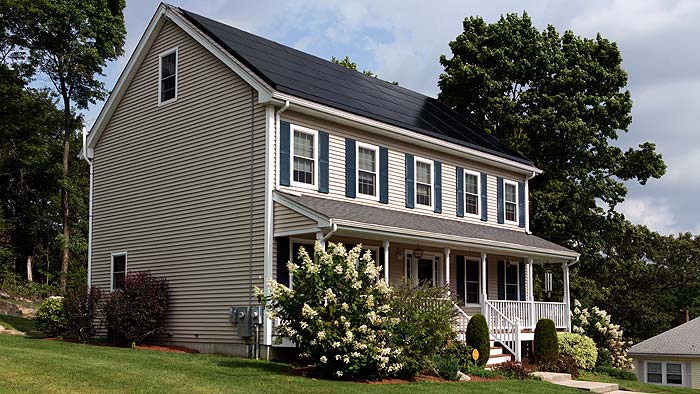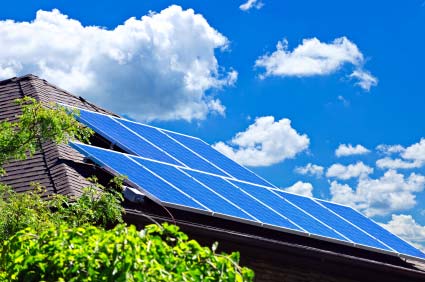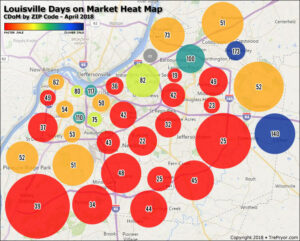Technological advancements today are far more sophisticated than they ever have been since the beginning of the industrial revolution. In fact, since the current wars of the 19th Century between Nikola Tesla and Thomas Edison, advancements in electricity and power grid development have surpassed what anyone thought of as possible over a century ago. One such increase is in the field of solar power technology.

Today we have not only nuclear power generators across the country combined with hydroelectric energy production but also solar power grids, which are also becoming increasingly popular due to the rising demand for environmental sustainability in business practices.
To ensure that solar power and electrical design are functional and up to code, solar design & drafting professionals should be sought out to perform the complicated projects related to them.
What is Passive Solar Design?
Passive solar design is when the power of the sun is harnessed and used for heating or cooling a living space within a structure.
As part of the design, during the process, when sunlight strikes a building, the materials used in the construction of the building can be made to reflect, absorb, and (or) transmit solar radiation.
Additionally, the heat produced by the sun disturbs the air, causing movement, which is then incorporated into spatial design. These predictions of air movements by solar design and drafting professionals are then used to identify the prime solar heating requirements needed to design elements, materials, and other properties that provide a home’s heating and cooling effects.
The goal of passive solar heating design is to harness heat from the sun and capture it within the building’s elements. Passive solar stores heat during periods when the sun is hidden. This results in a consistent and comfortable interior temperature.
Active Solar Design
The main difference between passive solar and active solar systems is the fact that active solar systems incorporate devices that transfer the heat energy of the sun into a tangible, usable form, such as is familiar with solar water heaters. Additionally, active solar systems can convert the sun’s energy into usable electricity through the use of unique panels and instruments.

Active solar power, as compared to passive, typically incurs a much higher cost. We’ve learned that residential solar heating systems need to be custom-designed to suit the particular space that will utilize them.
Whether interested in passive or active solar, potential consumers will have to seek out the services of solar design and engineering firms to draft a system optimized for their particular space.
The cost for this sort of customization usually begins at around $3,000 for smaller spatial usage. This can escalate to over $10,000 depending on the size of the dwelling. In return, projected savings from incorporating an active solar system can be expected to pay for the initial installation within 7 to 10 years.
Going Forward with Sustainability
As attention increases to efforts concerning environmental practices and sustainability, more businesses and individuals alike are looking for solutions that mitigate their overall environmental footprint. The increase in solar power technology and reductions in cost makes it a viable option for many homeowners.
Renewable energy sources, though costing more than their conventional counterparts, once paid for and installed correctly, will eventually pay for themselves over time.



